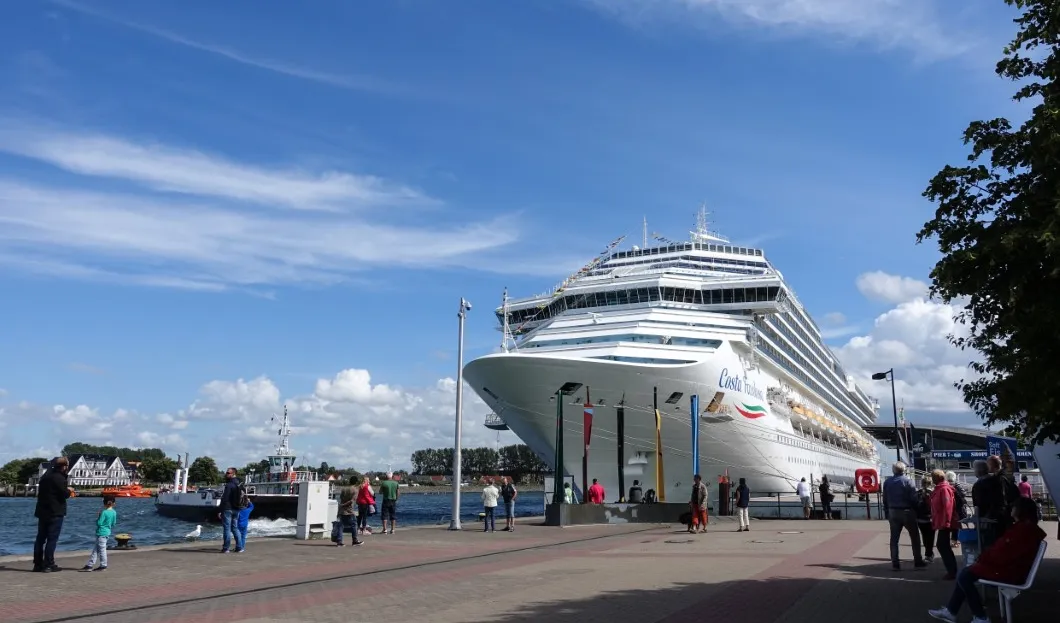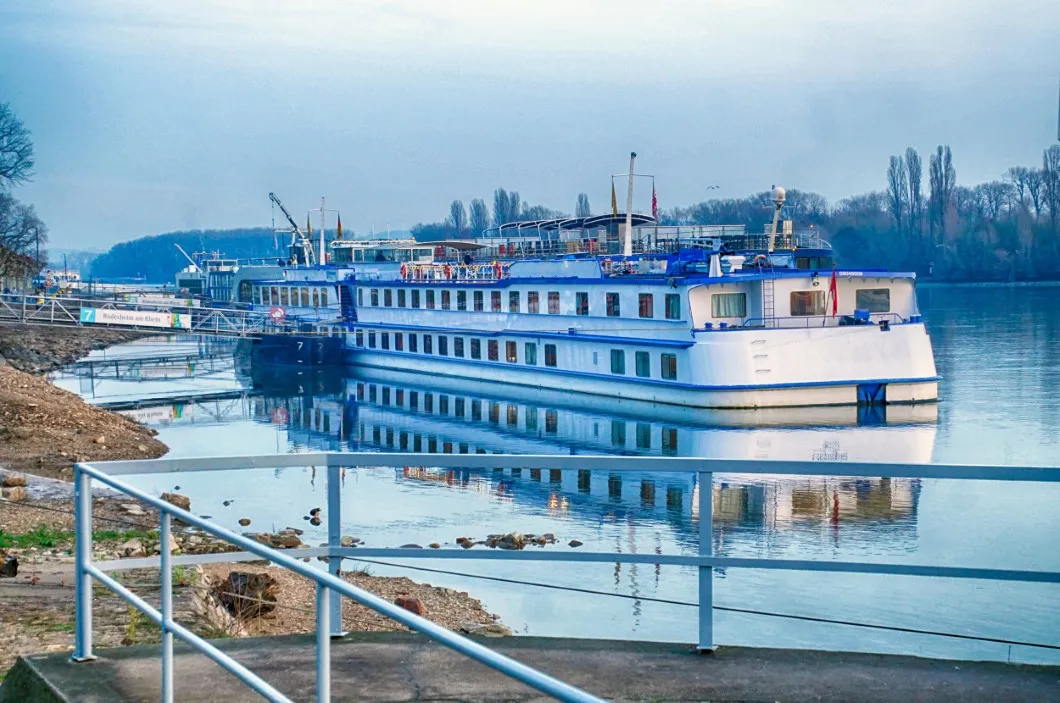
Germany is the number one cruise nation in Europe. 2.26 million German travelers used this means of travel in 2018, with Northern Europe being especially popular. The number of passengers represents an increase of 3.5% compared to last year. Moreover, there have been notable developments in river cruises.
These numbers come out from the new cruise analysis presented by industry association Clia Deutschland and the German Travel Association at the ITB fair in Berlin. In 2017, the growth was somewhat higher – 8.4%. The reason for the weaker growth this year, according to experts, is that some of the new ships were late to come on the market last year. Growth is expected to be significantly stronger again in 2019.
Northern Europe remained the most popular destination for German travelers on a cruise in 2018. 28% of all trips took them there. This part of the old continent was followed by the western Mediterranean (24%), the Canary Islands (11%), the Caribbean (10%), the eastern Mediterranean (9%) and the Baltic Sea (5%). On average, Germans spent nine days on ships, the average age dropped slightly compared to last year, to 49 years.
Despite being heavily criticized, shipping companies are increasingly relying on environmentally friendly technologies and want to reduce their CO2 emissions by 40% by 2030 compared to 2008.
According to Clia director Helge Grammerstorf, an important building block in this regard is that ships with LPG engines are increasingly being put into service. The “Aida Nova” was the first such ship in 2018, with 25 ships worldwide scheduled to be completed by 2027.
In addition, 111 of the current 253 ships have the so-called exhaust after-treatment systems. Others are reported to be upgraded or are being rebuilt.
River cruises have also been registering increases in popularity. Around 496,000 holidaymakers from Germany decided for this form of travel in 2018. According to experts, this represents an increase of 5.5% compared to 2017. This is particularly noteworthy, as the industry had to deal with extremely low tide in the summer of 2018.

For many years now, the duel for the most popular river shipping areas was decided by the Rhine (35.9%), with the Danube narrowly losing out with 35.2% of the trips. There was a clear increase in river travel in France but a sharp decline of around 50% in all non-European routes. Experts still see a lot of problems with demand from Germany, especially considering travelling on the Nile.
On the one hand, the age of passengers of river cruises fell significantly on average. The largest group remains people between 66 and 75 years old, with a share of 31%. But in 2017, it was over 39%. Slight increases were registered among 56-65-year-olds as well as those aged 41-55 (from 11.8 to 18.3%) and those aged 26-40 (from 2 to 8.3%).
In addition, there is a trend towards the premium and luxury segment, with budget and standard ships starting to lose the battle against them. This has also led to an increase in the average travel price.










